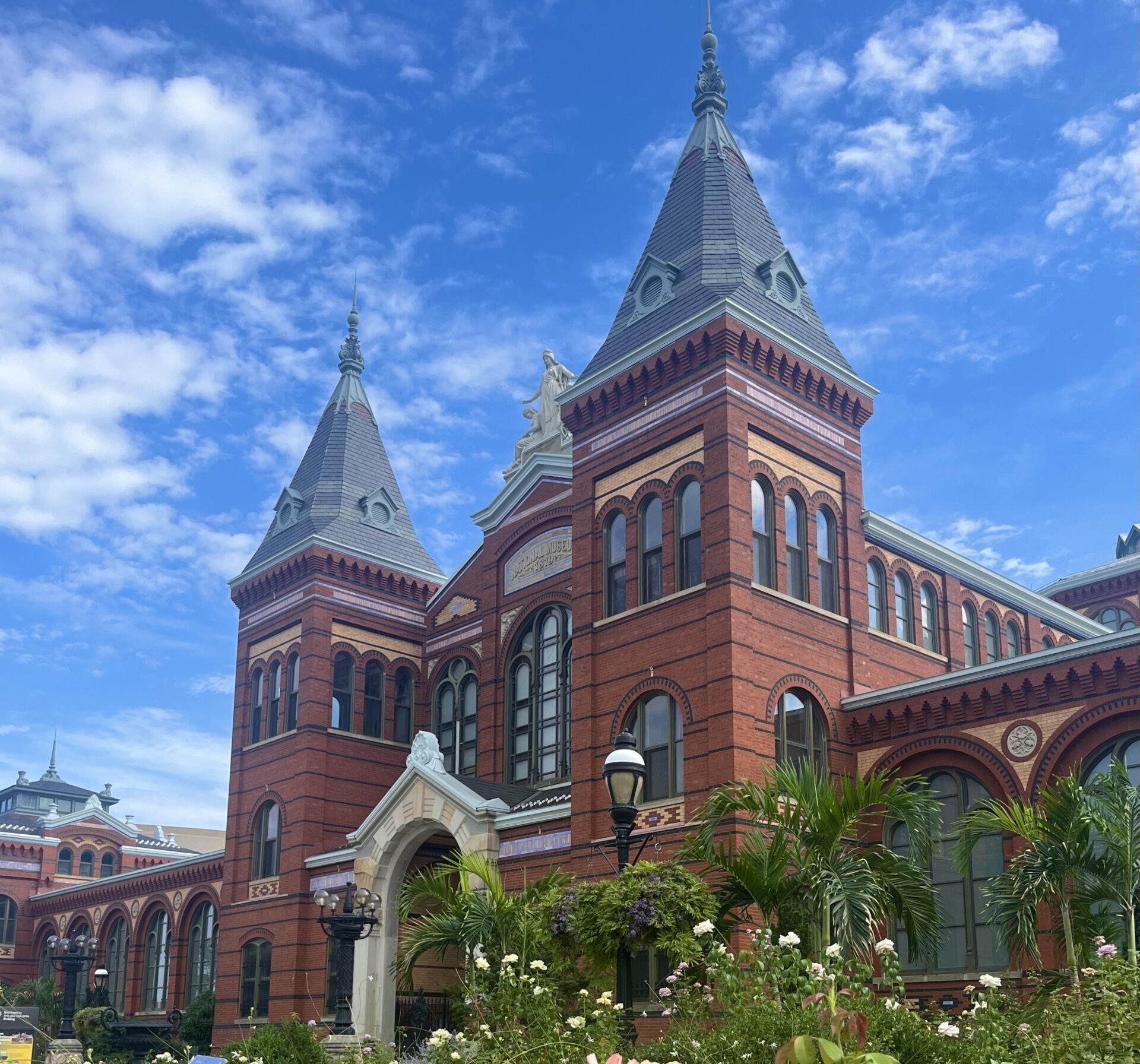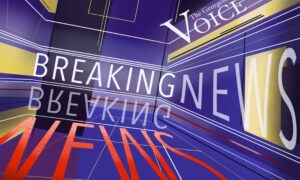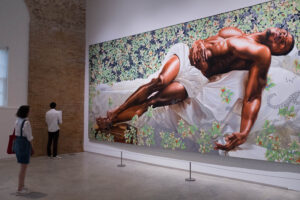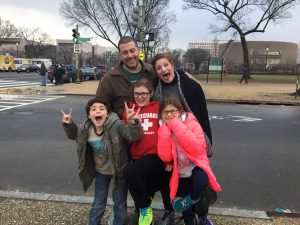After staying open for an extra 11 days, the Smithsonian Institution’s 19 museums located in D.C. officially shut their doors to visitors on Oct. 12, following the federal government shutdown. For students and faculty who relied on the resources and opportunities of the museums, the closures have disrupted key semester plans.
The government shut down on Oct. 1 due to a partisan divide over the unresolved budget bill, including disagreements on cutting the cost of health insurance. As a result, federal workers deemed non-essential have since been temporarily laid off.
Alongside the museums, the shutdown has closed the Smithsonian’s 14 education and research centers and the National Zoo, which rely on money allocated by Congress for 62% of their funding The museums were able to stay open for an additional 11 days due to leftover funds from the prior fiscal year.
Professor Lisa Strong directs Georgetown’s Art and Museum Studies program, a one-year master’s program offered through the Department of Art and Art History that combines the subject with experiential museum initiatives. Her involvement with the program includes teaching Museum Studies courses.
Strong’s syllabus for the semester initially included visits to the Smithsonian American Art Museum and the National Gallery of Art. Due to the shutdown, Strong has had to completely revise the coursework, as her assigned papers relied on experiences from these trips.
“Without the Smithsonians being open, we have drastically reduced the number of museums [the class can visit], and if they don’t have the right things up in smaller museums, we’re very restricted in what we can do in the paper,” Strong said.
Strong’s colleagues have been scrambling to reschedule class museum visits or find alternative resources to substitute the trips. She explained that she now has to delay certain lessons or cover the material themselves, without the context or reference the museum visits would normally provide. This has included asking to set up talks with museum professionals in academia and in some cases, teaching content themselves.
“I’m going from colleague to colleague now at museums that are open to say, ‘Is there anyone in education that I can bring my students to come and learn from?’” Strong said.
Strong believes that the experience students gain from museum visits are “absolutely invaluable,” as it allows classes to view how physical art pieces interact with the environment in the conservation lab.
“[Art objects] have a physical presence and they react to the environment and they need certain environmental conditions,” Strong said.
By seeing pieces in person, according to Strong, students can contextualize the objects through a more hands-on approach, allowing them to apply their theoretical learning from class.
“Understanding the difference of scale, the way light hits something, the way light can change, the way an object looks, it really drives home that paintings and museums are objects.” Strong said.
Dorothy Moss, an adjunct professor in the department, called visits to museums “crucial” for students in the graduate program. Moss also provided insight on how these shutdowns affect museum workers, having been a Smithsonian curator herself.
This October marks the third government shutdown during her time with the National Portrait Gallery and Smithsonian American Women’s History initiative.
“It makes it very difficult for museum staff to move forward with their deadlines when this happens and it impacts the opening of exhibitions and the exhibition schedule and programming,” Moss said. “Things get postponed, some projects get cancelled. That’s the worst case scenario.”
Emma Vonder Haar (CAS ’26) is currently working as a political history curatorial intern at the Smithsonian National Museum of American History, where she researches and writes web labels for a 1970s newspaper collection on the Smithsonian’s website. Despite the shutdown, funding from private donors has allowed her to continue her internship.
Still, the shutdown has greatly impacted Vonder Haar’s position, moving her to remote work and limiting her interactions with other staff members.
“My colleagues are not able to work right now because they’re publicly funded, and so I don’t have some of my meetings,” Vonder Haar said. “I cannot go into the office and I cannot communicate with my colleagues who are publicly funded.”
Over the summer, Vonder Haar was able to visit 25 museums to understand what improved exhibitions. The closures, however, hinder her ability to do so.
“Part of my professional development is to visit museums and just analyse,” Vonder Haar said. “How did they construct the flow? What fonts are used here? How does it make you feel?”
Upon receiving notice of the closure on Oct. 1, Vonder Haar said her colleagues were unaware when they would be permitted to return to work. She recounted watching staff empty refrigerators in case of a prolonged shutdown.
Strong also reflected on the impact the shutdown has on the Smithsonian museums. Strong highlighted that these institutions preserve history and drive research, which is paid for by American tax dollars.
“We think of museums as fun places to go, but they are also places where important research takes place and their work should be unencumbered by government politics,” Strong said. “Museum professionals know their collections backwards and forwards, and they should not be inhibited by political fights from doing work.”
Strong believes that museums are a resource that Americans deserve to have access to regardless of government circumstances. Therefore, she believes closings disappoint Americans who utilize these community resources.
“These are resources that we’d all pay for and we should all be able to benefit from,” Strong said.





